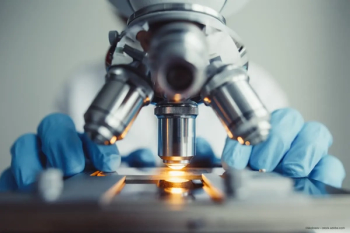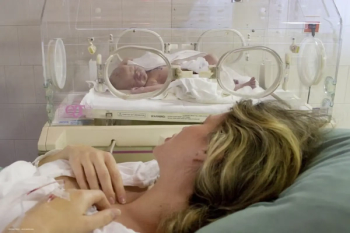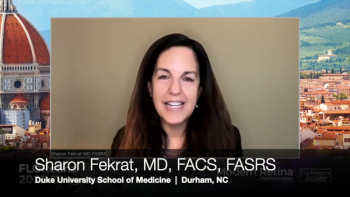
Manipulation of Schlemm's effective in treating glaucoma
According to Manfred Tetz and colleagues, Germany, dilation and tensioning of Schlemm's canal may be an effective, non-penetrating surgical method for the treatment of open angle glaucoma (OAG).
According to Manfred Tetz and colleagues, Germany, dilation and tensioning of Schlemm's canal may be an effective, non-penetrating surgical method for the treatment of open angle glaucoma (OAG).
The authors conducted a multicentre, prospective clinical study at three German outpatient surgical centres to determine the safety and efficacy of dilation and tensioning of Schlemm's canal during non-penetrating surgery in glaucoma patients.
A flexible microcannula was introduced into the canal, following surgical exposure, to perform viscodilation of the canal and associated collector channels. The microcannula was used, after 360 degrees of canal cannulation, to insert a 10-0 prolene suture to tension the inner wall of the canal and related trabecular meshwork. Postoperatively, subjects were examined to evaluate the anterior segment and intraocular pressure (IOP), a number of patients were also examined using high resolution ultrasound imaging of the anterior segment angle to evaluate the Schlemm's canal morphology.
To date, the results from 71 subjects have been gathered. Tensioning sutures were observed to distend the inner wall of the canal and trabecular meshwork, whilst also maintaining the canal lumen. Average IOP at six months follow up (n=26) was 14.4 mmHg with an average of 0.2 medications being used. Just four subjects reported adverse events.
Tetz and co-workers noted that viscodilation of the canal restored physiologic drainage and controlled IOP levels. Consequently, they concluded that dilation and tensioning could be an effective non-penetrating surgical method for the treatment of OAG.
Ophthalmology Times Europe reporting from the XXIV Congress of the ESCRS, London, 9-13 September, 2006.
Newsletter
Get the essential updates shaping the future of pharma manufacturing and compliance—subscribe today to Pharmaceutical Technology and never miss a breakthrough.













































